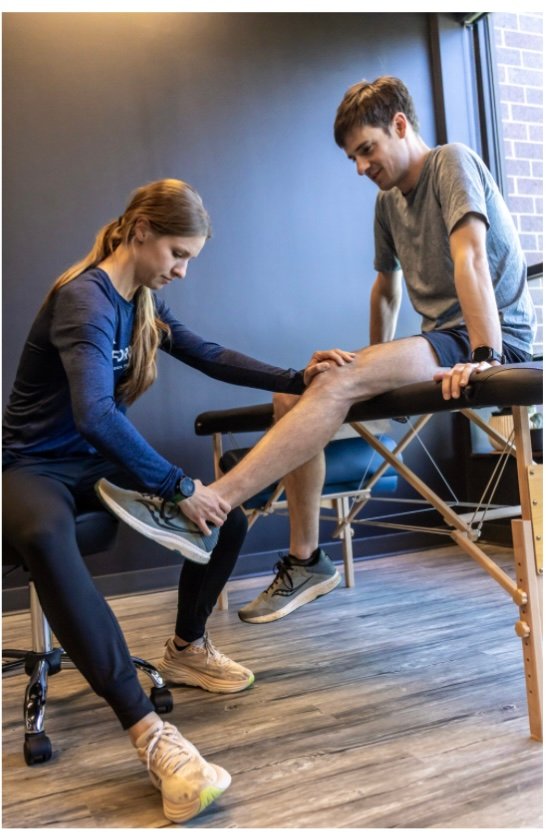How to Avoid Common Running Injuries
Running is one of the simplest and most effective ways to stay in shape, reduce stress, and boost heart health. However, it’s also a high-impact activity and without proper preparation, it can lead to injuries that sideline even experienced runners. The good news? Most common running injuries are preventable with smart training habits, proper gear, and a little expert support.
Why Do Running Injuries Happen?
Running puts repetitive stress on your muscles, joints, and bones. When that stress builds faster than your body can adapt, it results in pain or injury. This can be caused by doing too much too soon, wearing the wrong shoes, or neglecting proper form and recovery. Whether you’re a beginner or a seasoned marathoner, understanding how to protect your body is key to longevity in the sport.
Common Running Injuries
Before we dive into prevention, it’s essential to recognize what injuries to watch for:
How to Prevent These Injuries
1. Wear the Right Shoes
One of the easiest ways to prevent injury is wearing running shoes that support your specific stride and foot type. Shoes that are too worn out or unsupportive can throw off your alignment and lead to injury. Visit a local specialty store for a gait analysis and replace your shoes every 300–500 miles.
Moisture-wicking socks are also helpful in preventing blisters and irritation, especially for long-distance runners.
2. Progress Slowly and Intentionally
Avoid the temptation to ramp up your mileage or pace too quickly. Stick to the 10% rule—increase your weekly mileage by no more than 10% each week. Incorporate “cutback weeks” every few weeks where you drop your mileage to allow for recovery.
Also, don’t forget to rest days. Your muscles need time to rebuild and get stronger.
3. Warm Up and Cool Down
A proper warm-up preps your body for movement and reduces injury risk. Spend 5–10 minutes doing dynamic stretches—like leg swings, lunges, and high knees—before your run. Afterward, do static stretches to release tension in your calves, quads, hamstrings, and hips.
Neglecting this step can lead to tightness, poor range of motion, and overcompensation injuries.
4. Add Strength Training
Running alone doesn’t build enough strength to keep your body balanced. Weak glutes or hips often contribute to knee or ankle injuries. Two to three days of strength training per week can reduce injury risk and improve form.
Focus on exercises like squats, lunges, glute bridges, planks, and core work. Resistance bands and bodyweight movements are great tools for runners.
5. Listen to Pain Signals
Not all soreness is bad, but sharp, persistent, or localized pain is your body’s way of warning you. If you notice a nagging discomfort that gets worse during or after running, don’t ignore it. Rest, ice, and recovery may solve the issue—but if it persists, professional care is key.
6. Work With a Physical Therapist
If you have ongoing pain, struggle with recurring injuries, or want to improve your mechanics, a physical therapist can help. A trained specialist will assess your movement, identify problem areas, and create a custom plan to keep you running pain-free.
Working with a physical therapist in Omaha can be a smart step toward long-term wellness, injury prevention, and improved performance.
At Forward Omaha, runners can also access physical therapy for Omaha runners tailored specifically to the needs of endurance athletes. Whether you’re coming back from injury or looking to improve your form, specialized care can keep you strong and consistent.
Bonus Tips for Injury-Free Running
Final Thoughts
Running is a powerful tool for health and mental clarity, but it requires care and consistency. By taking steps to prevent injury before it happens, you’ll enjoy more time on the road, more progress, and fewer setbacks.
Stay consistent, stay smart, and above all, listen to your body.







